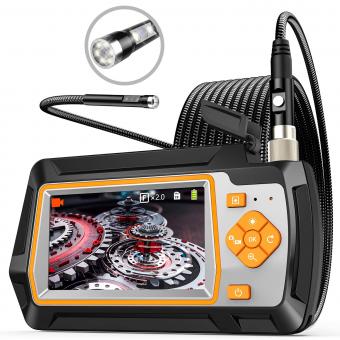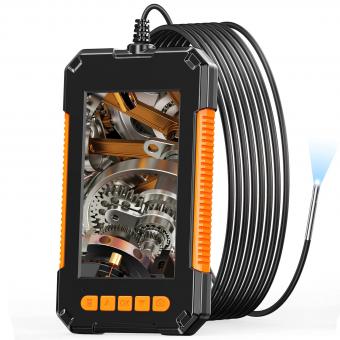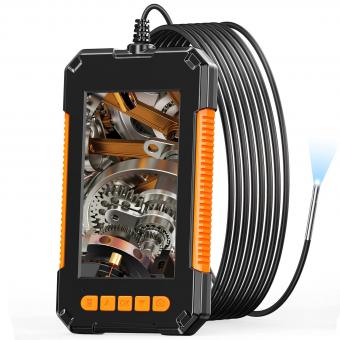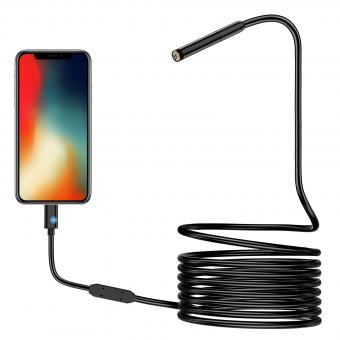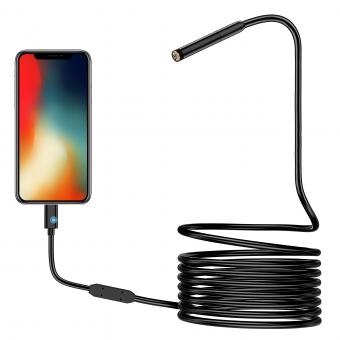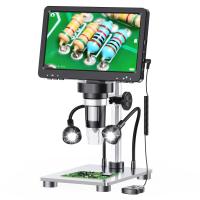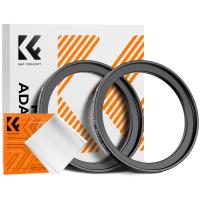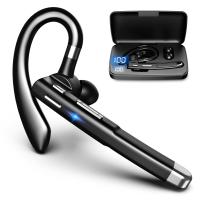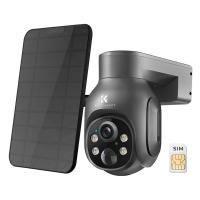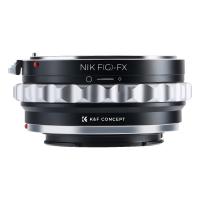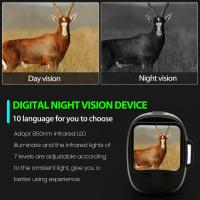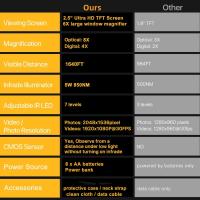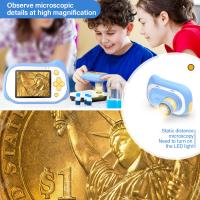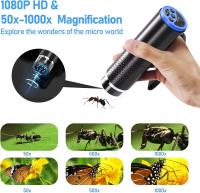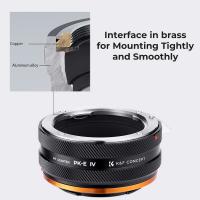How Big Is A Nasal Endoscope?
The size of a nasal endoscope can vary depending on the specific model and manufacturer. However, most nasal endoscopes have a diameter of around 4mm to 5mm and a length of approximately 18cm to 20cm. The size of the endoscope is designed to allow it to be inserted into the nasal cavity comfortably while still providing a clear view of the internal structures. The endoscope typically has a light source and a camera at the tip, which allows the physician to visualize the nasal passages and sinuses in detail. The images captured by the endoscope can be displayed on a monitor, allowing the physician to make an accurate diagnosis and determine the best course of treatment for the patient.
1、 Diameter and Length
A nasal endoscope is a medical device used by doctors to examine the inside of a patient's nose and sinuses. The size of a nasal endoscope can vary depending on the specific model and manufacturer. However, the diameter of a typical nasal endoscope is around 4mm to 5mm, while the length can range from 18cm to 30cm.
The size of a nasal endoscope is an important factor in determining its effectiveness in diagnosing and treating nasal and sinus conditions. A smaller diameter endoscope can provide a more detailed view of the nasal cavity, while a longer length can allow for greater reach and access to hard-to-reach areas.
In recent years, there has been a trend towards the development of smaller and more flexible nasal endoscopes. These devices are designed to be less invasive and more comfortable for patients, while still providing high-quality images for doctors to make accurate diagnoses.
Advancements in technology have also led to the development of digital nasal endoscopes, which use high-resolution cameras to capture detailed images of the nasal cavity. These devices can provide real-time video feeds, allowing doctors to see the inside of the nose and sinuses in greater detail than ever before.
Overall, the size of a nasal endoscope is an important consideration for doctors and patients alike. While smaller and more flexible devices may be more comfortable for patients, larger and more advanced endoscopes can provide greater diagnostic accuracy and treatment options.
2、 Light Source
How big is a nasal endoscope? Nasal endoscopes come in different sizes, but they are typically small and thin, ranging from 2.7mm to 4mm in diameter. The size of the endoscope depends on its intended use and the patient's anatomy. For example, a smaller endoscope may be used for pediatric patients or for examining narrow nasal passages, while a larger endoscope may be used for examining the sinuses.
The size of the endoscope is important because it determines how much discomfort the patient will experience during the procedure. A smaller endoscope is less invasive and may cause less discomfort, while a larger endoscope may be more uncomfortable for the patient.
In addition to the size of the endoscope, the light source used during the procedure is also important. The light source provides illumination for the endoscope, allowing the physician to see inside the nasal passages. The latest light sources use LED technology, which provides bright, white light and consumes less energy than traditional light sources.
Overall, the size of the nasal endoscope and the light source used during the procedure are important factors to consider when performing a nasal endoscopy. The goal is to provide the best possible care for the patient while minimizing discomfort and ensuring accurate diagnosis and treatment.
3、 Image Quality
How big is a nasal endoscope?
Nasal endoscopes come in different sizes, but the most commonly used size is around 4mm in diameter. This size allows for easy insertion into the nasal cavity while still providing a clear view of the area being examined. However, there are also smaller endoscopes available for use in pediatric patients or for examining smaller areas of the nasal cavity.
Image quality is an important factor to consider when using a nasal endoscope. The quality of the image can affect the accuracy of the diagnosis and the effectiveness of any treatment that may be required. Advances in technology have led to improvements in image quality, with high-definition cameras and better lighting systems now available. This allows for clearer and more detailed images, making it easier for doctors to identify any abnormalities or issues within the nasal cavity.
In addition to image quality, other factors to consider when choosing a nasal endoscope include flexibility, durability, and ease of use. The endoscope should be flexible enough to navigate through the nasal passages without causing discomfort to the patient, while also being durable enough to withstand repeated use. Ease of use is also important, as doctors need to be able to quickly and efficiently use the endoscope to examine the nasal cavity and make a diagnosis.
Overall, the size of a nasal endoscope is an important consideration, but image quality and other factors should also be taken into account when choosing the right tool for the job. With advances in technology, nasal endoscopes are becoming more effective and easier to use, allowing doctors to provide better care for their patients.
4、 Flexibility
How big is a nasal endoscope? The size of a nasal endoscope can vary depending on the specific model and manufacturer. Generally, nasal endoscopes range in diameter from 1.9mm to 4mm and in length from 18cm to 30cm. The smaller endoscopes are typically used for pediatric patients or for examining narrow nasal passages, while the larger endoscopes are used for adult patients or for examining larger areas of the nasal cavity.
In addition to size, flexibility is also an important factor to consider when choosing a nasal endoscope. Flexible endoscopes are able to navigate through the twists and turns of the nasal cavity more easily, allowing for a more thorough examination. They are also less likely to cause discomfort or injury to the patient.
Recent advancements in technology have led to the development of high-definition nasal endoscopes, which provide clearer and more detailed images of the nasal cavity. These endoscopes are equipped with advanced optics and lighting systems, allowing for better visualization of the nasal structures.
Overall, the size and flexibility of a nasal endoscope are important factors to consider when choosing the right instrument for a particular patient or procedure. With the latest advancements in technology, nasal endoscopes are becoming more versatile and effective than ever before.


